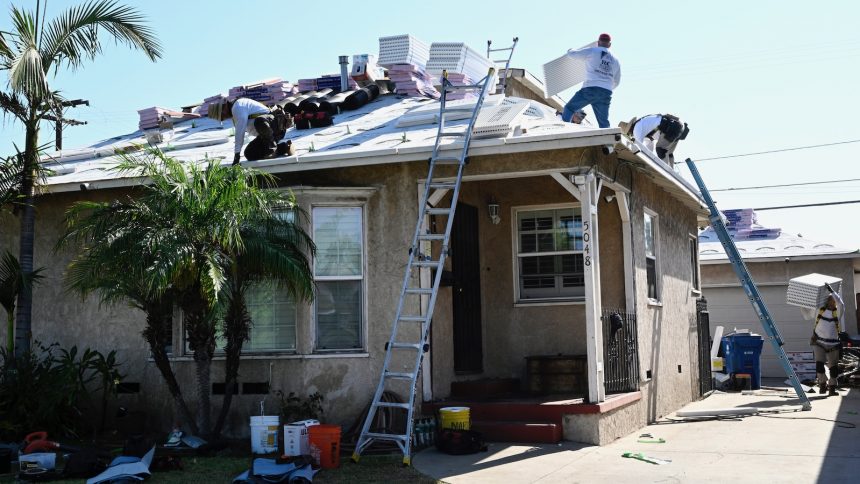Bryan and Summer Stubblefield once considered outfitting their California home with solar panels to power an electric vehicle. However, the age and condition of their roof posed a dilemma as quotes for the solar system came with the added cost of replacing the roof. This decision caused them to pause and weigh their options carefully.
Many homeowners face a similar predicament when looking into residential solar systems. The need for a new roof can complicate the installation process of solar panels, leading to additional costs and decisions. Despite the benefits of solar energy, such as reducing carbon footprint and providing resiliency against outages, aligning solar with the condition of the roof can delay the process or increase expenses.
Integrated roofing and photovoltaic technologies offer a potential solution, but the lack of incentives for such systems can deter homeowners from making the switch to solar. While efforts have been made to expand solar tax credits to include integrated solutions, progress has been slow, leaving many homeowners with tough choices to make.
Companies like GAF have introduced products like Timberline Solar, aiming to make solar installations easier during roof replacements. The overlap between the need for a new roof and the desire for solar energy presents opportunities for clean energy deployment, but more incentives and support from the government are needed to encourage this transition.
For now, the decision to wait or proceed with solar installations remains a personal and financial consideration for homeowners like the Stubblefields. While the residential solar market continues to grow, the challenge of aligning roofing needs with solar goals remains a common obstacle for many.







